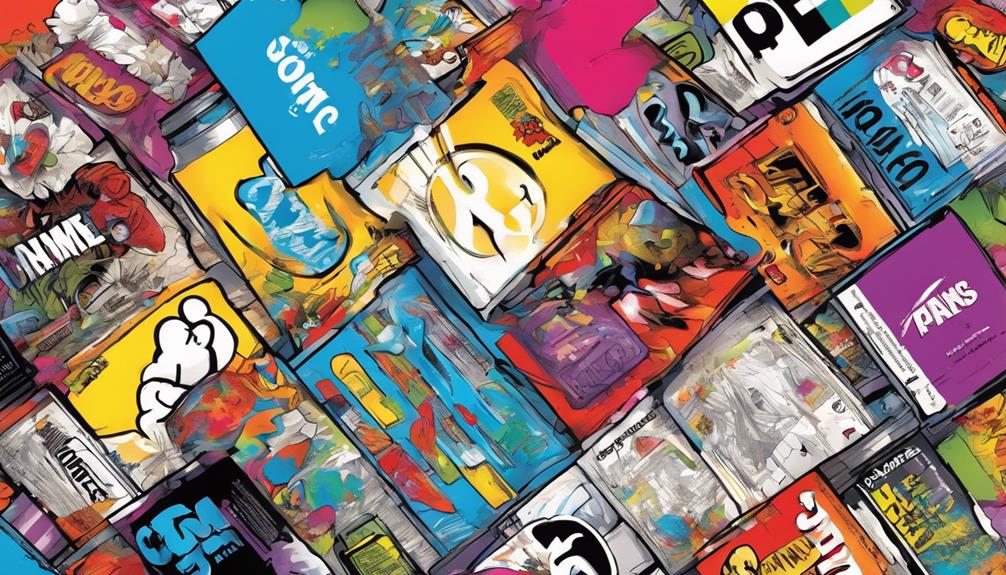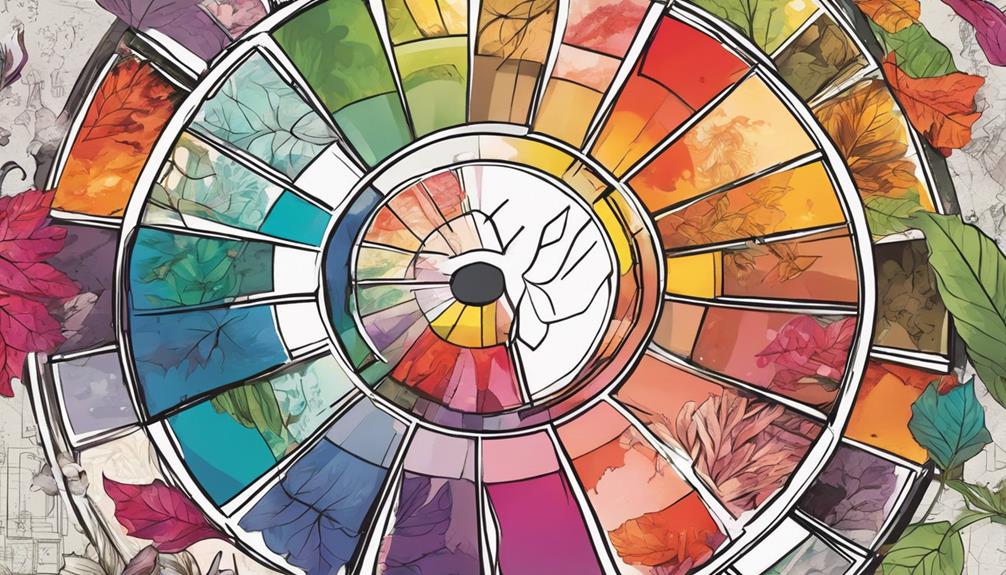Color isn't just about aesthetics; it shapes how your audience perceives your brand. By understanding color meanings, you can align with your core values and connect emotionally with customers. Warm colors like red and yellow energize, while cool colors like blue promote calmness and trust. Choose a dominant color that reflects your brand's personality, and guarantee consistency across all platforms for maximum impact. Don't forget to gather feedback to refine your choices. With thoughtful color selection, you'll transform your brand into something memorable and engaging. Stick around to uncover more strategies for harnessing color insight effectively.
Key Takeaways
- Select a dominant color that embodies your brand values to create a strong identity.
- Utilize color psychology to resonate with your target audience and enhance emotional connections.
- Maintain consistent color usage across all branding materials for cohesive brand recognition.
- Conduct A/B testing to assess color effectiveness and adapt strategies based on consumer feedback.
Significance of Color in Branding
Color plays an essential role in branding by shaping consumer perceptions and creating a distinct brand identity. When you choose the right colors, you're not just decorating; you're sending messages about your brand's values and personality.
Major corporations like Coke and IBM rely on color to communicate trust, energy, or stability. This choice greatly enhances memory recall, making your brand more memorable.
A well-thought-out color strategy helps differentiate you from competitors and positions your brand effectively within its industry. Remember, color psychology can vary by culture and context, so it's vital to take into account your target audience.
Ultimately, the right color can strengthen your brand's impact and foster deeper connections with consumers.
Understanding Color Meanings

Choosing the right hues for your brand can greatly influence how consumers perceive your message and identity. Each color carries specific meanings and associations that can evoke powerful emotions.
For instance, blue conveys trustworthiness and reliability, making it perfect for financial services. Red grabs attention and ignites passion, while green symbolizes health and freshness. Yellow radiates optimism and creativity, drawing the eye effectively. Purple adds a touch of sophistication and mystery, appealing to upscale markets.
Don't overlook pink, which ranges from playful to romantic based on its shade. By understanding these color meanings, you can strategically select hues that resonate with your audience and enhance your brand's overall impact.
Make your color choices count—they're more than just aesthetics!
Warm Vs. Cool Color Effects

Warm colors like red and yellow energize your brand's message, while cool colors such as blue offer a calming presence that can enhance your audience's perception.
By understanding the effects of these color categories, you can effectively shape your brand identity. Warm colors tend to evoke feelings of excitement and friendliness, making them perfect for brands aiming to connect emotionally. On the other hand, cool colors promote trust and professionalism, ideal for industries like finance and healthcare.
- Choose warm colors for vibrant, energetic branding.
- Opt for cool colors to convey calmness and reliability.
Utilizing these insights can help you strategically position your brand in the market.
Practical Branding Applications

Incorporating the right colors into your branding strategy can greatly enhance your brand's visibility and appeal. By using the psychology of color, you can evoke certain emotions and associations that resonate with your target audience. For example, using red can convey energy and passion, while blue can create a sense of trust and calmness. By utilizing expert marketing insights, you can ensure that the color palette you choose aligns with your brand’s values and messaging, ultimately strengthening your brand’s recognition and connection with consumers.
Start by choosing a dominant color that reflects your brand's core values and resonates with your target audience. Use this color consistently across your logo, website, and promotional materials to reinforce recognition.
Consider industry standards, as certain colors may convey specific meanings that align with your market. Testing color effectiveness through consumer feedback can provide valuable insights, allowing you to adjust your approach as needed.
Tips for Effective Color Selection

Selecting the right colors for your brand can greatly impact how consumers perceive and connect with your identity. To make effective color choices, consider the following tips:
Know your audience: Understand the demographics and preferences of your target market. Different colors resonate with different groups.
Align with your brand message: Choose colors that reflect your brand's values and personality. For example, use blue for trustworthiness or green for health.
Test and refine: Don't hesitate to seek feedback on your color selections. Use A/B testing to see which colors perform best in attracting consumers.
Conclusion
In the vibrant tapestry of branding, color is your brush, painting emotions and forging connections.
By understanding the hues that resonate with your audience, you can create a brand identity that doesn't just stand out but sings.
So, as you commence on this colorful journey, let your choices be intentional and your palette diverse.
Embrace the power of color to not only capture attention but also to weave loyalty into the hearts of your customers.
Your brand deserves to shine!









